Slipsheet: The Versatile and Efficient Pallet Solution www.slipsheet.com
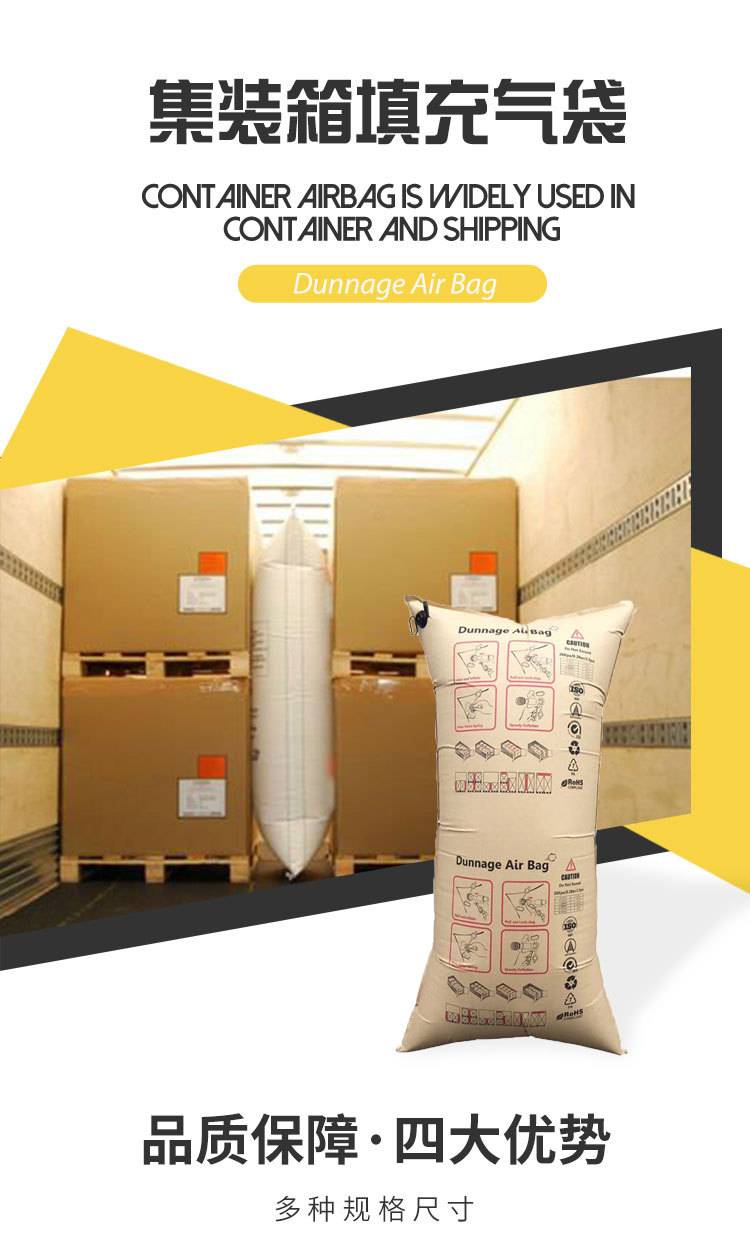
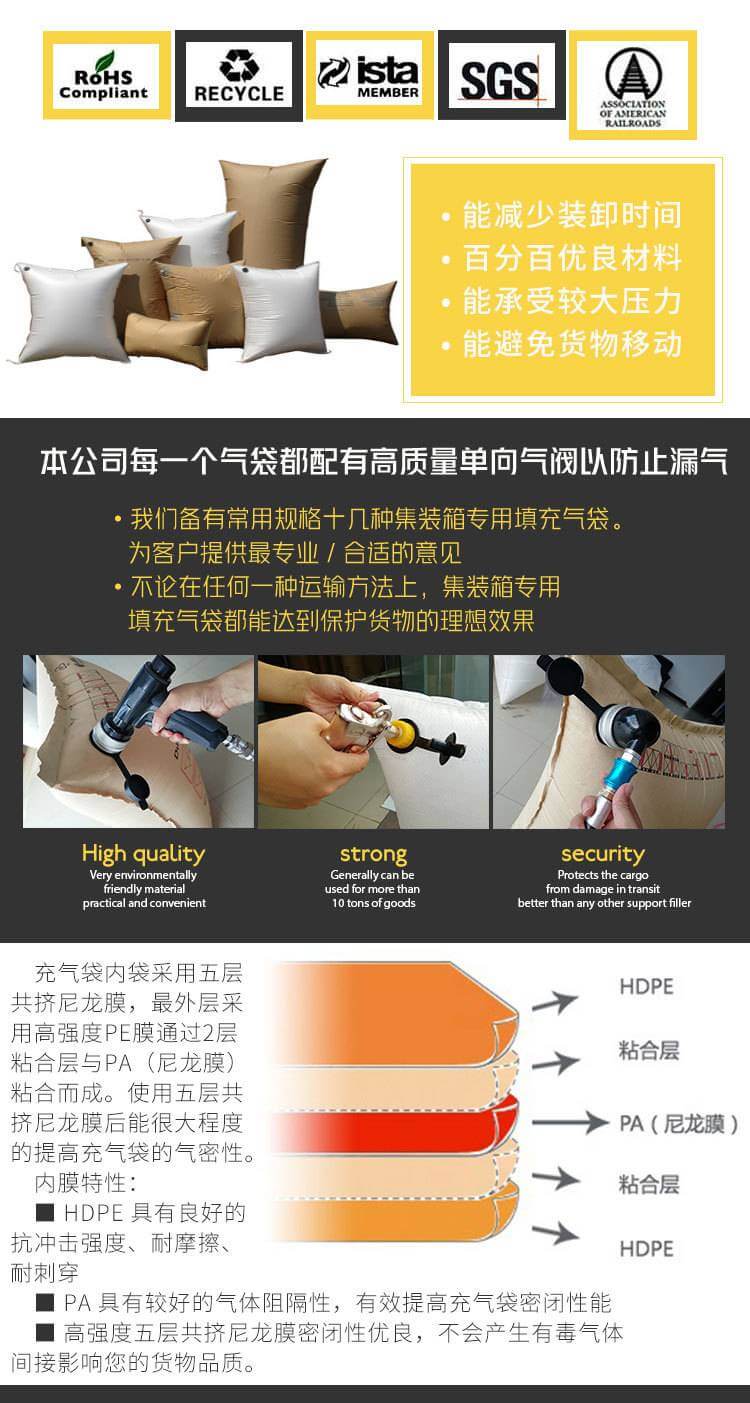
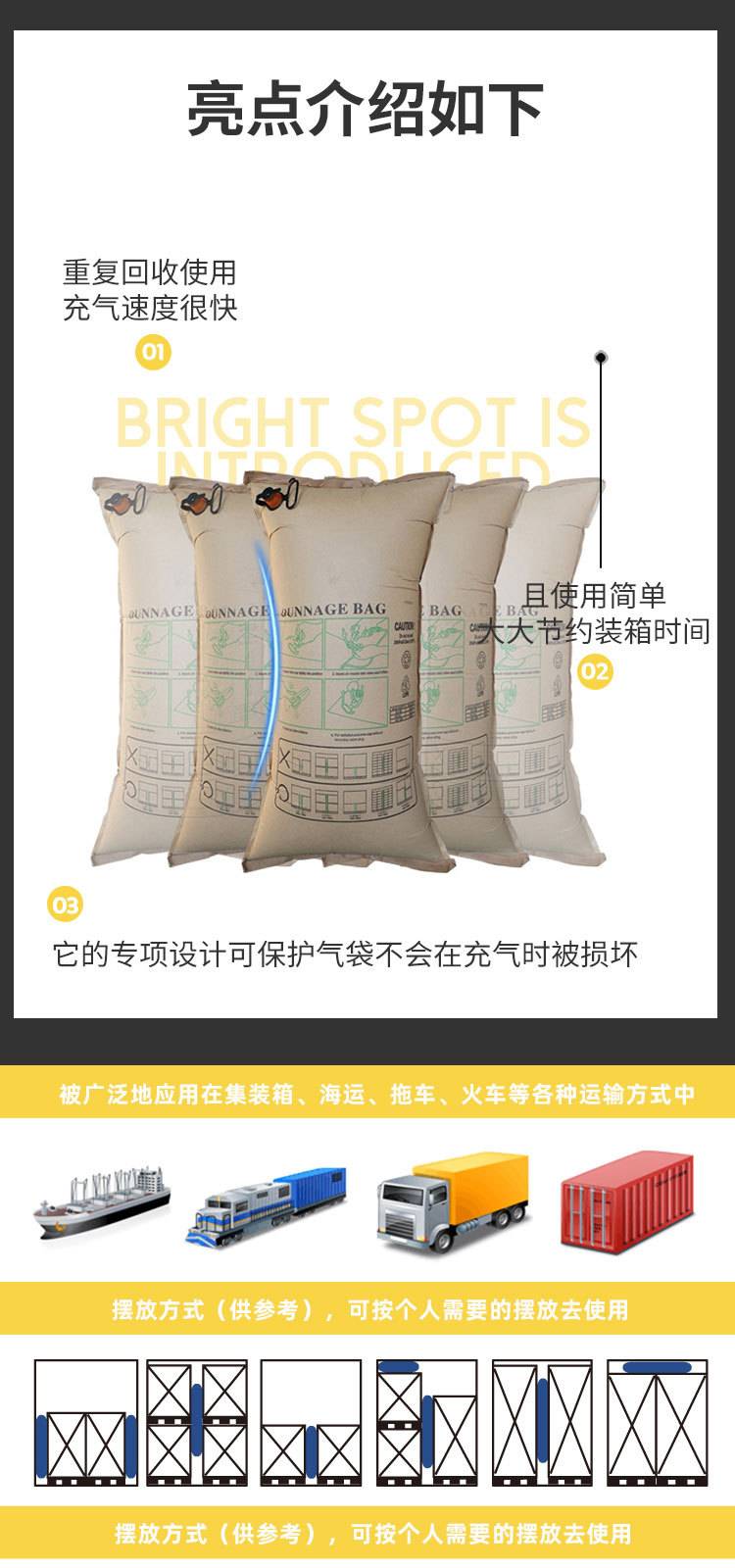
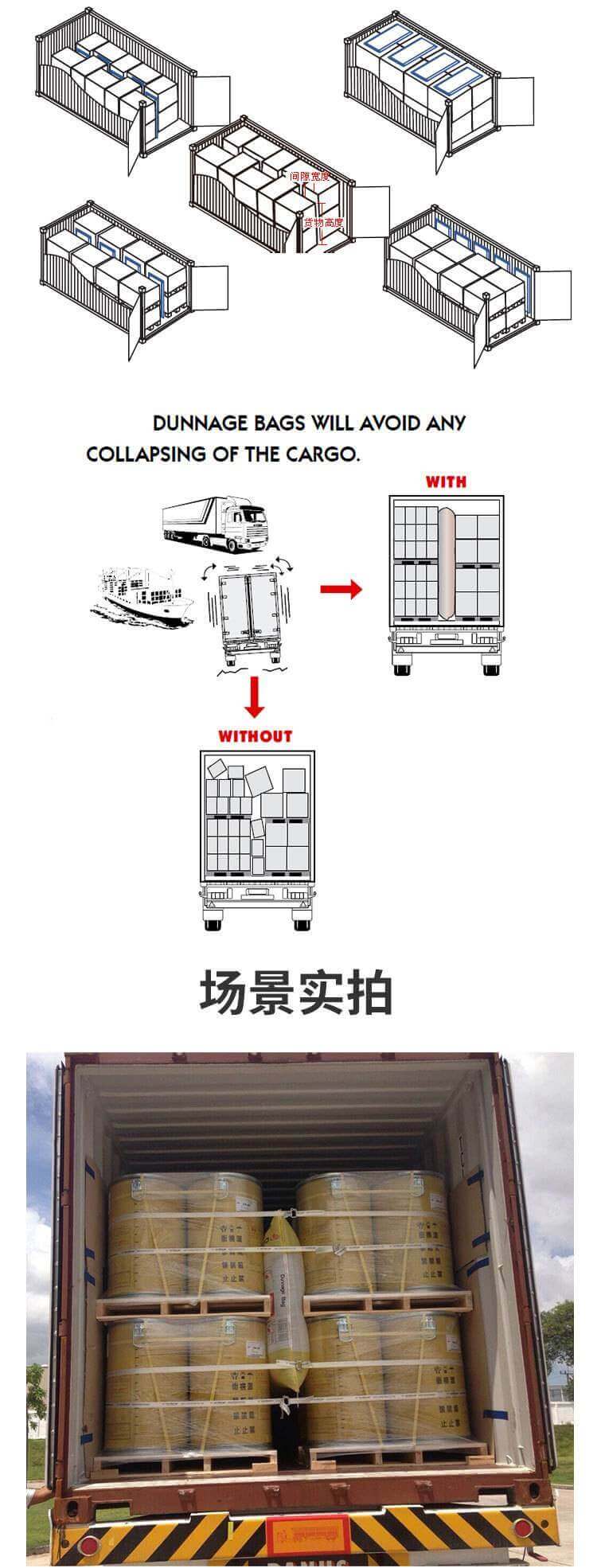
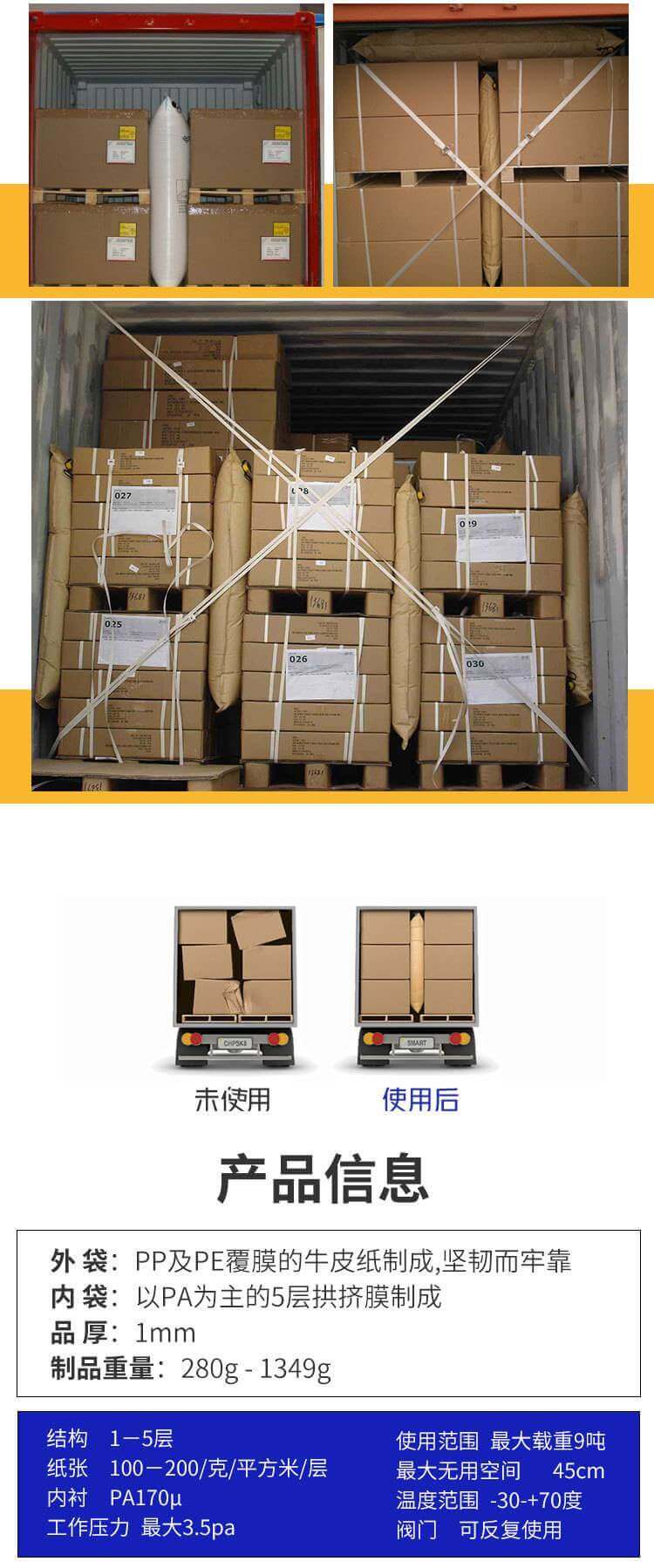
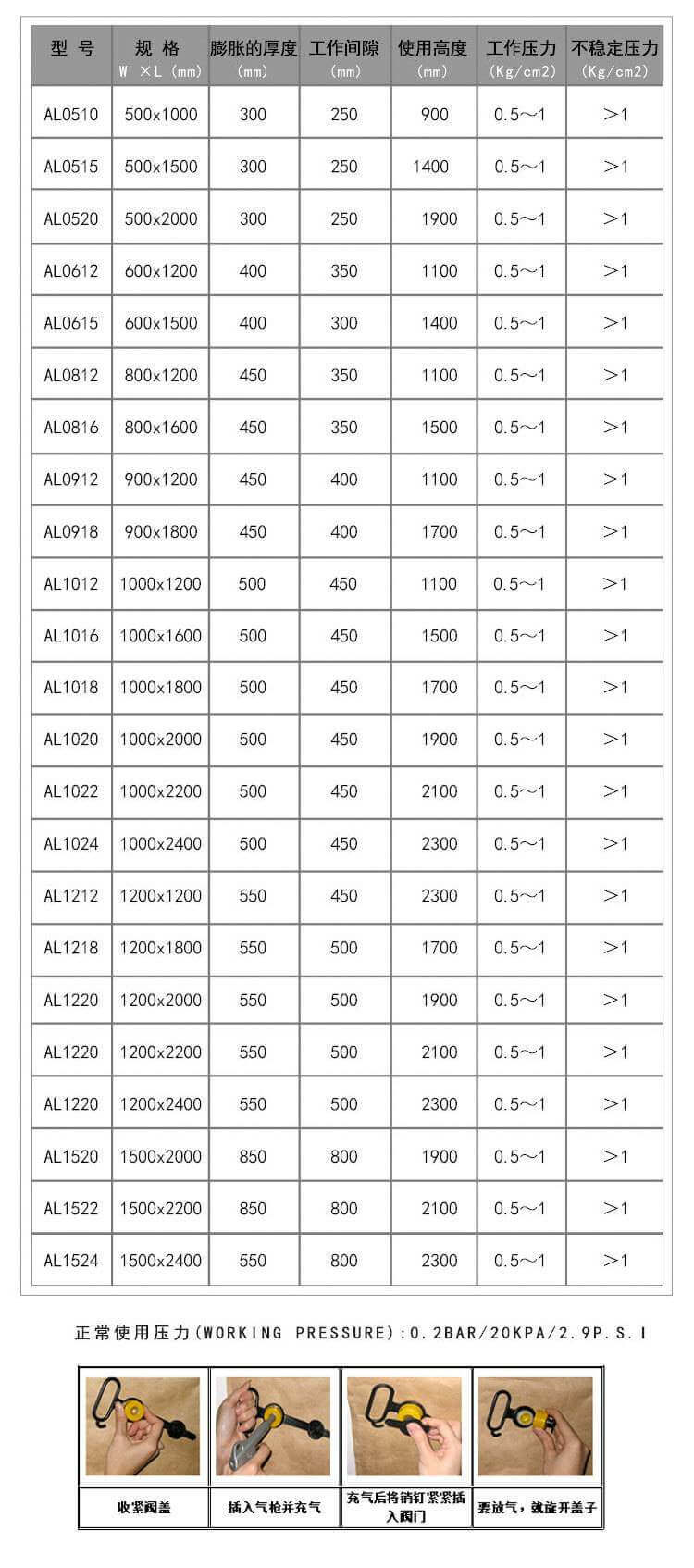
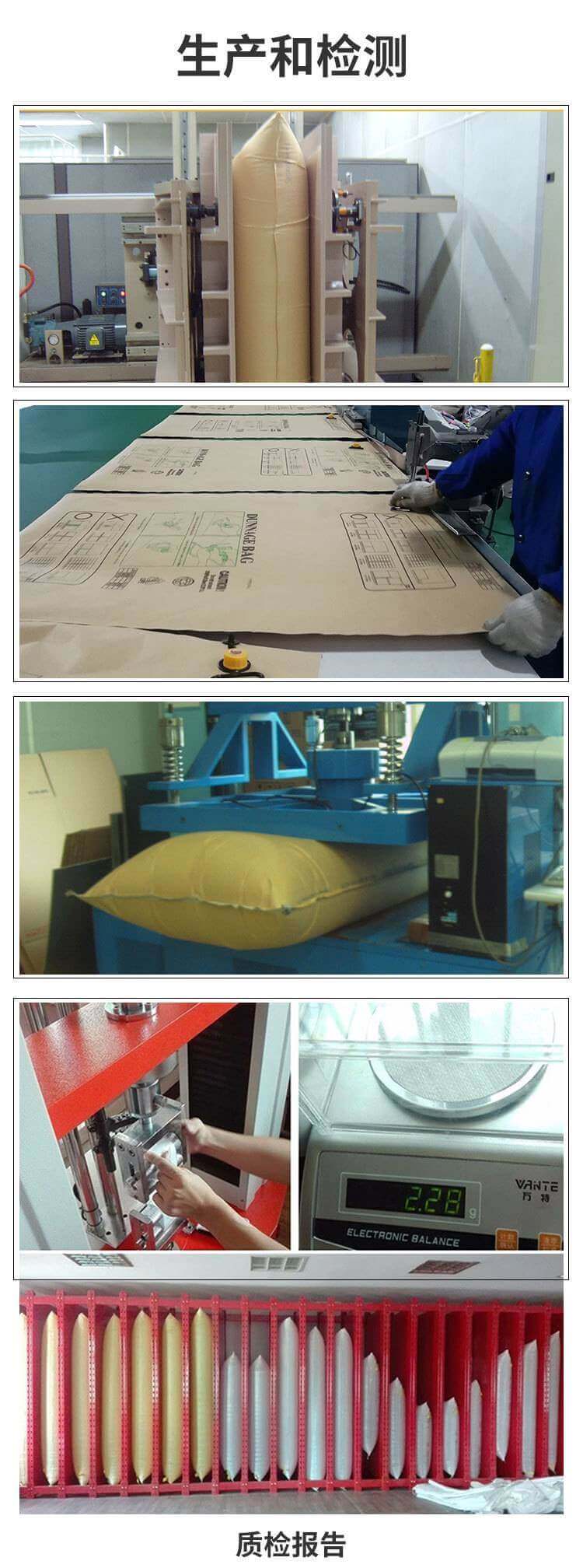
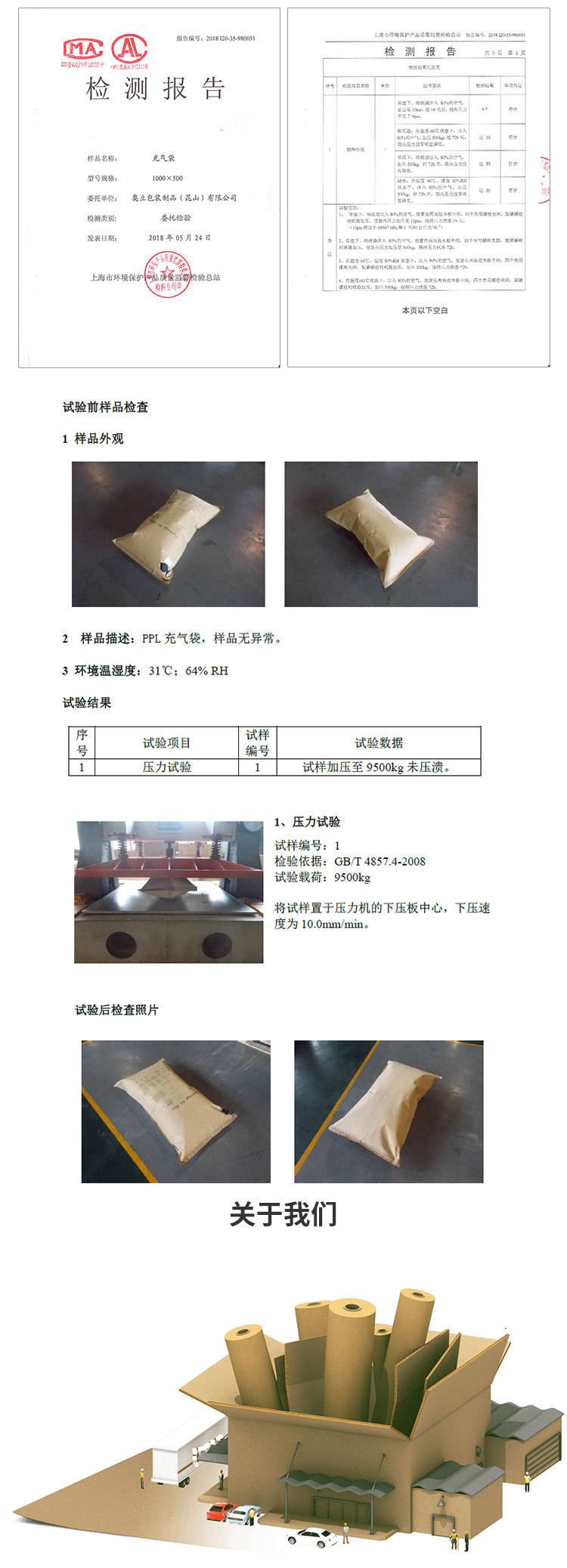
Slipsheet: The Versatile and Efficient Pallet Solution When it comes to material handling and logistics, pallets are a crucial element. Pallets provide a stable platform for goods to be transported, stored, and retrieved efficiently. With the evolution of technology, innovative pallet solutions have emerged to address the needs of various industries. One such pallet solution is the slipsheet, which is gaining popularity for its unique benefits. In this article, we will explore the concept of slipsheet and its advantages over traditional wooden pallets. What is a Slipsheet? A slipsheet is a thin, lightweight sheet of material that is placed between the goods and the pallet to provide stability and protection during transportation. It slips easily into place and does not require any fasteners or straps to secure the load. The slipsheet is designed to work in conjunction with pallets or other packaging materials to create a stable and efficient load platform. Advantages of Slipsheet Over Traditional Wooden Pallets Durability: Slipsheets are more durable than wooden pallets and can withstand repeated use, wear, and tear. They are less prone to damage, which extends their service life and reduces maintenance costs. Lightweight: Slipsheets are lightweight, which makes them easier to handle and maneuver than heavier wooden pallets. This reduces the physical burden on workers and allows for easier transportation and stacking. Moisture Resistance: Slipsheets are moisture-resistant, which means they are less susceptible to damage caused by moisture or rainwater. This makes them suitable for outdoor applications where weather conditions may be unpredictable. Easy to Clean: Slipsheets can be easily cleaned, providing a hygienic surface for transporting food or other sensitive materials. They are also suitable for use in industries where cleanliness is critical, such as the pharmaceutical or electronics industries. Versatility: Slipsheets are designed to work with various pallet sizes and shapes, providing flexibility in loading configurations. They can also be used with different types of packaging materials to create a custom load platform that meets specific requirements. Cost-Effectiveness: Although initial purchase costs may be higher than wooden pallets, slipsheets offer a cost-effective solution in the long run due to their durability, longevity, and ability to reduce labor and maintenance costs. Applications for Slipsheet Slipsheets are suitable for a wide range of applications, including: General物流运输: Slipsheets provide a stable platform for goods to be transported efficiently, reducing damage and方便叉车操作. They are also easy to stack and store when not in use. Food and Beverage Industry: The hygienic surface of slipsheets makes them ideal for transporting food and beverages, ensuring product safety and protecting against contamination. Healthcare Industry: The cleanliness and hygiene of slipsheets make them suitable for use in the healthcare industry, such as for transporting medical equipment, drugs, and other critical supplies. Electronics Industry: Slipsheets provide a non-conductive surface that is suitable for transporting electronic components and equipment, protecting against electrostatic discharge (ESD). Agriculture and Horticulture: Slipsheets can be used for transporting agricultural produce and horticultural items, providing a stable platform during transportation and storage. Military and Defense: The durability and versatility of slipsheets make them suitable for military logistics operations, where efficiency and cost-effectiveness are critical. In conclusion, slipsheets provide a versatile and efficient pallet solution for various material handling applications. With their durability, lightweight, moisture resistance, cleanliness, versatility, and cost-effectiveness, slipsheets are becoming increasingly popular in industries worldwide. When selecting slipsheets for your operation, it's important to consider the specific requirements, including the type of goods being transported, the distance traveled, and the transportation conditions to ensure the best possible solution is selected.






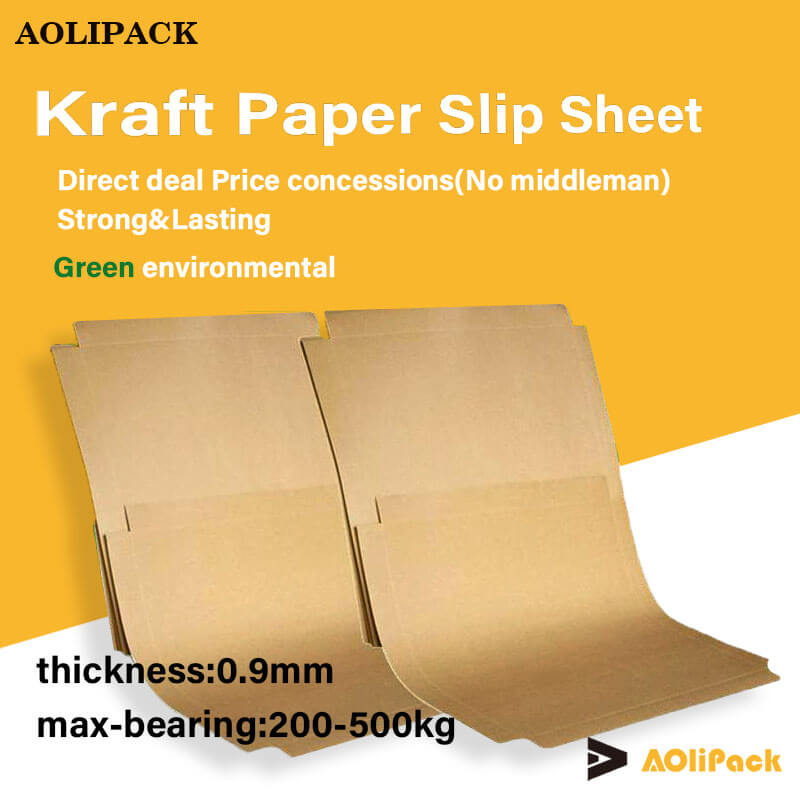
 wechat consulting
wechat consulting